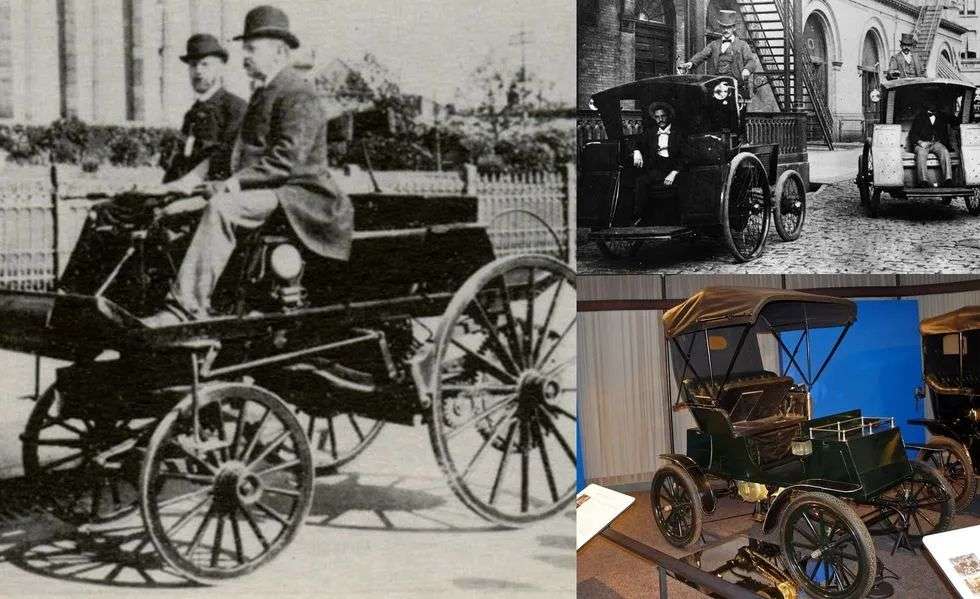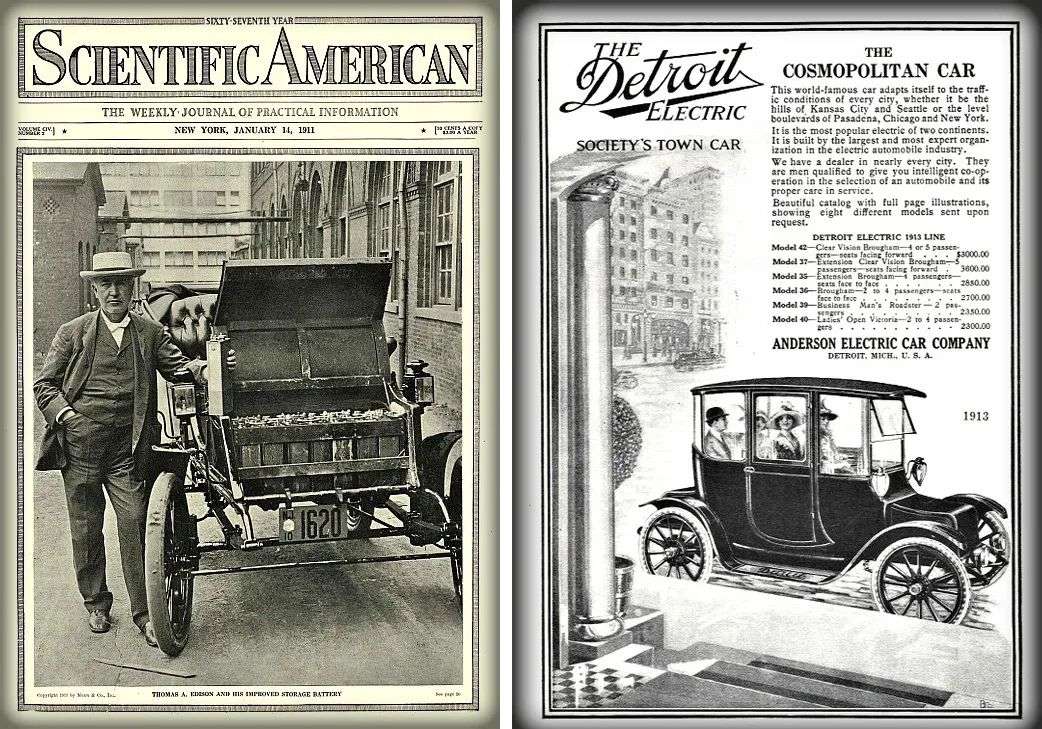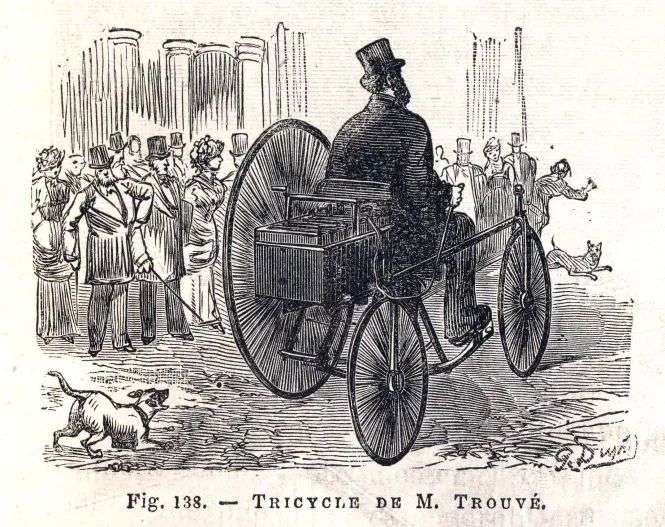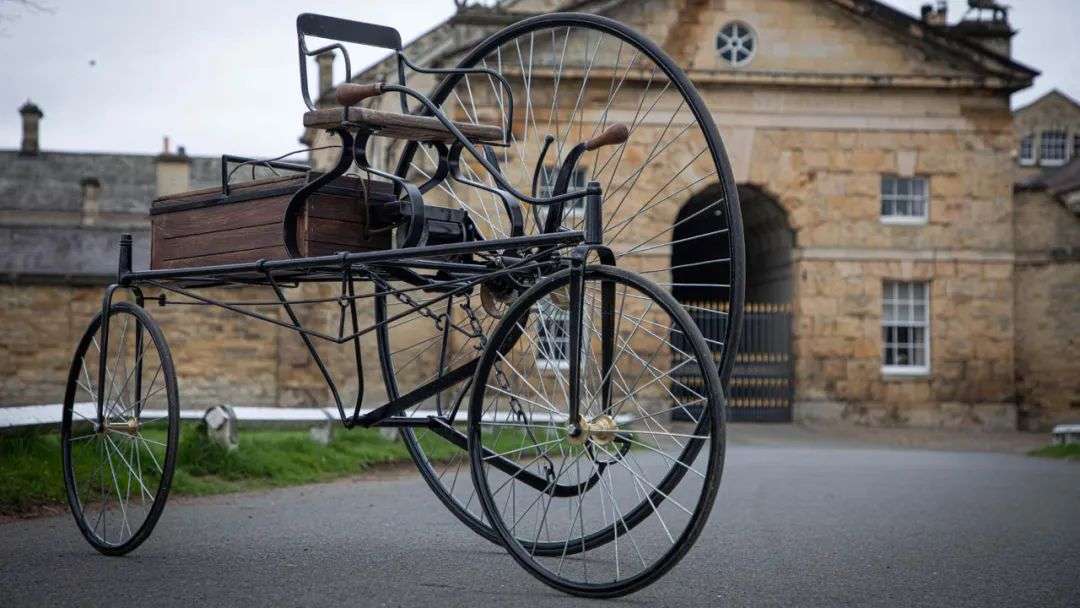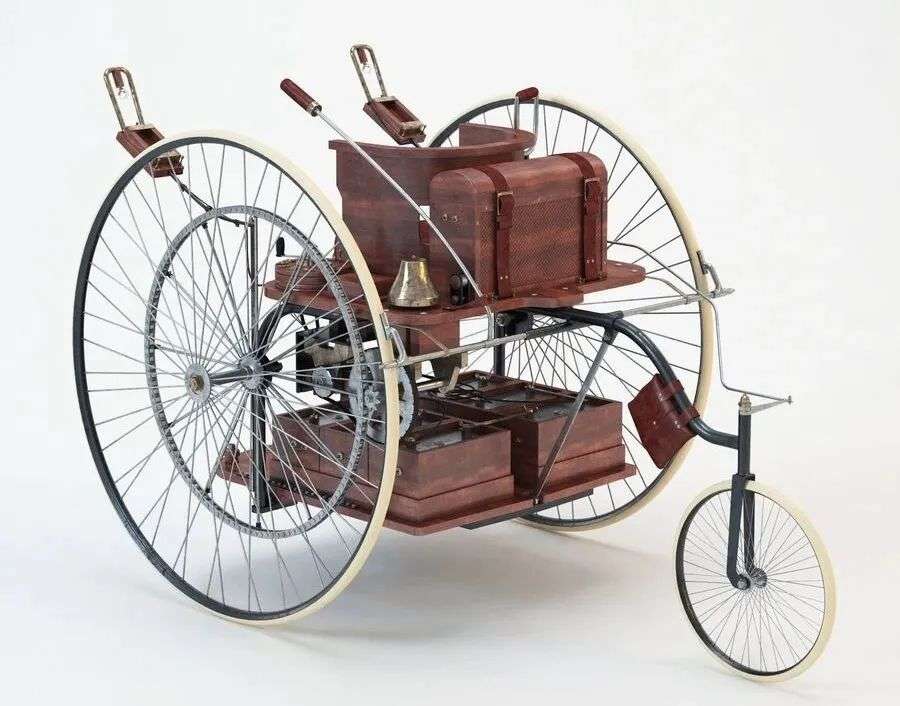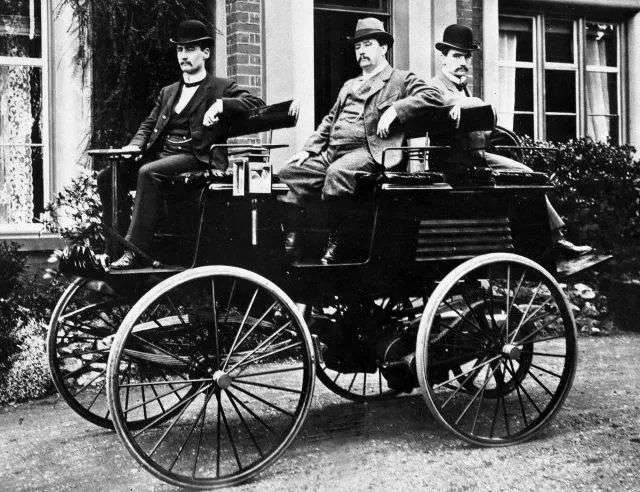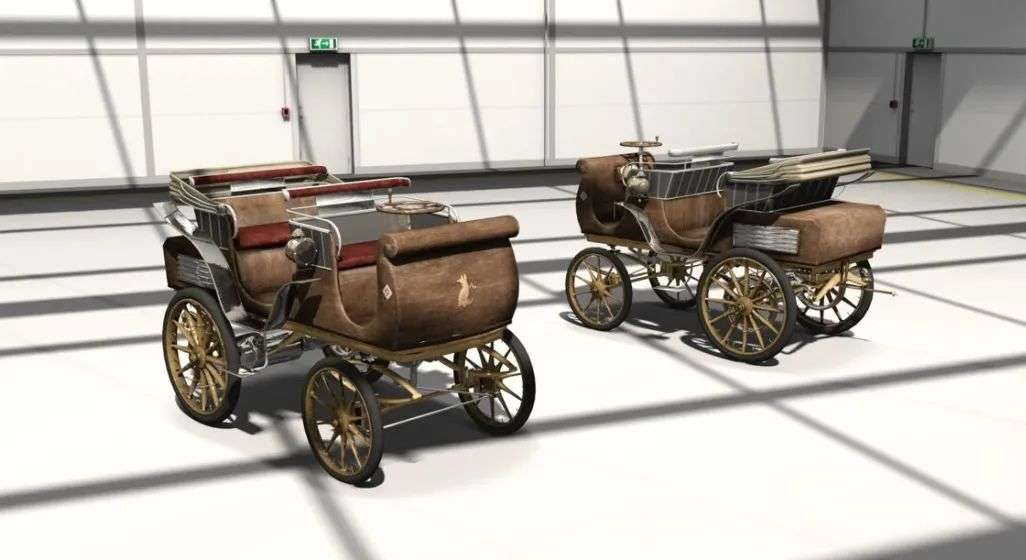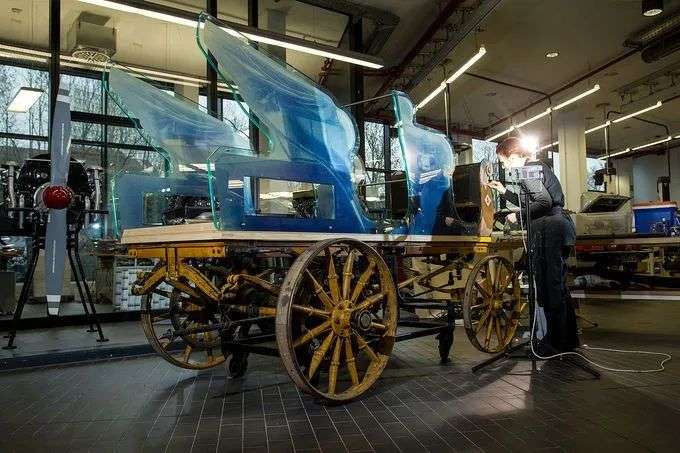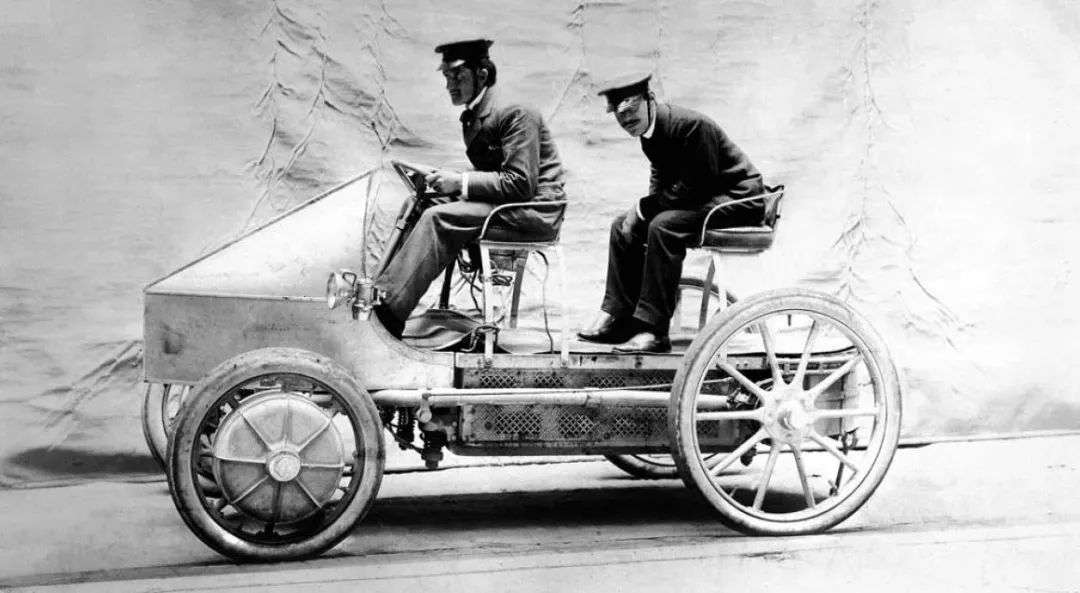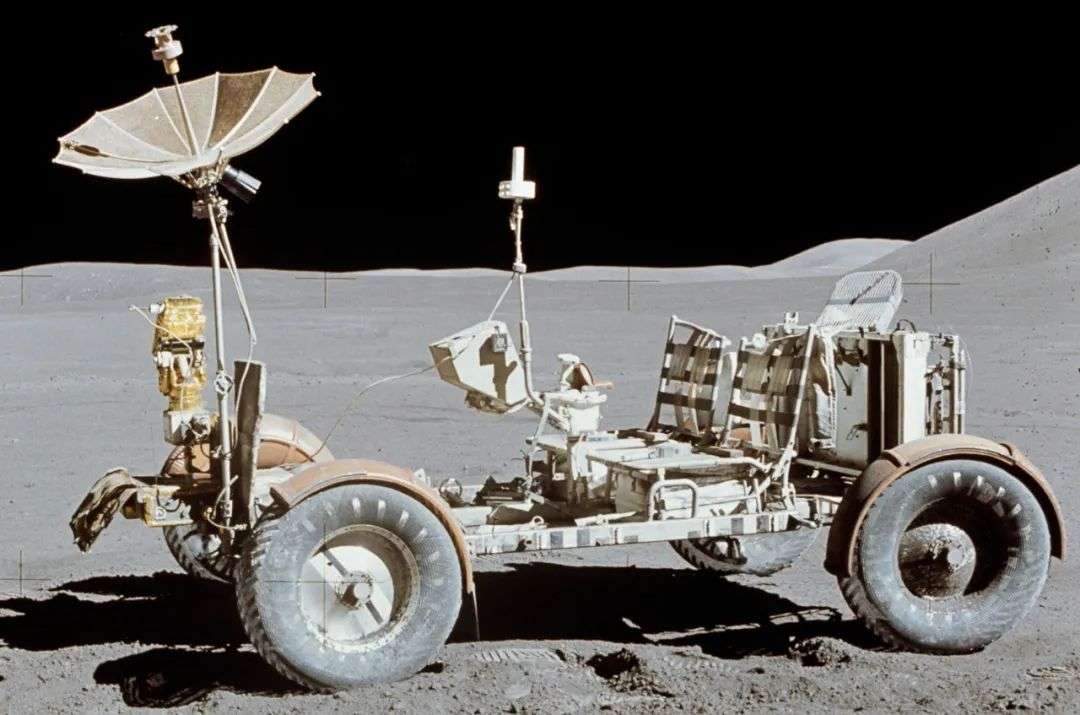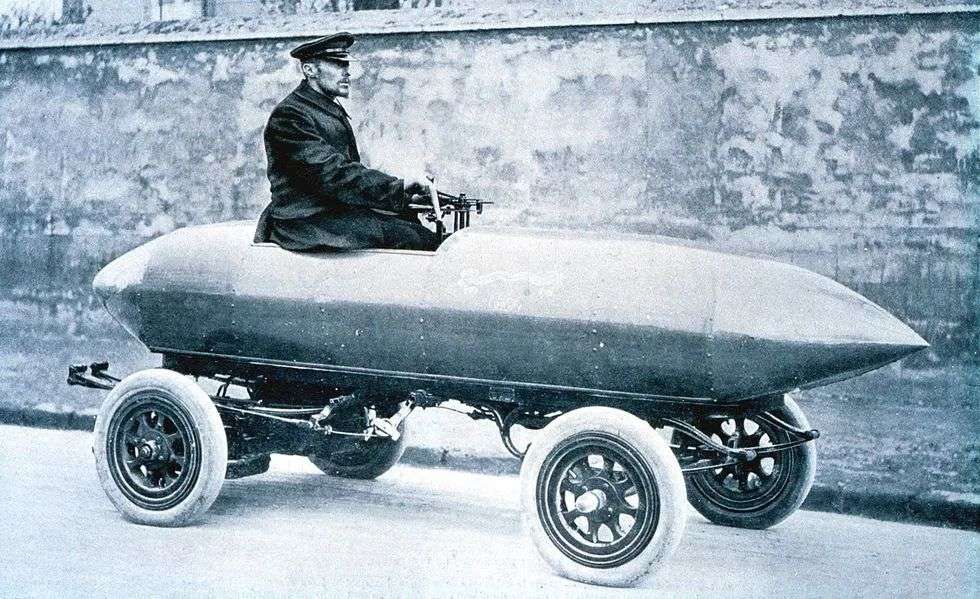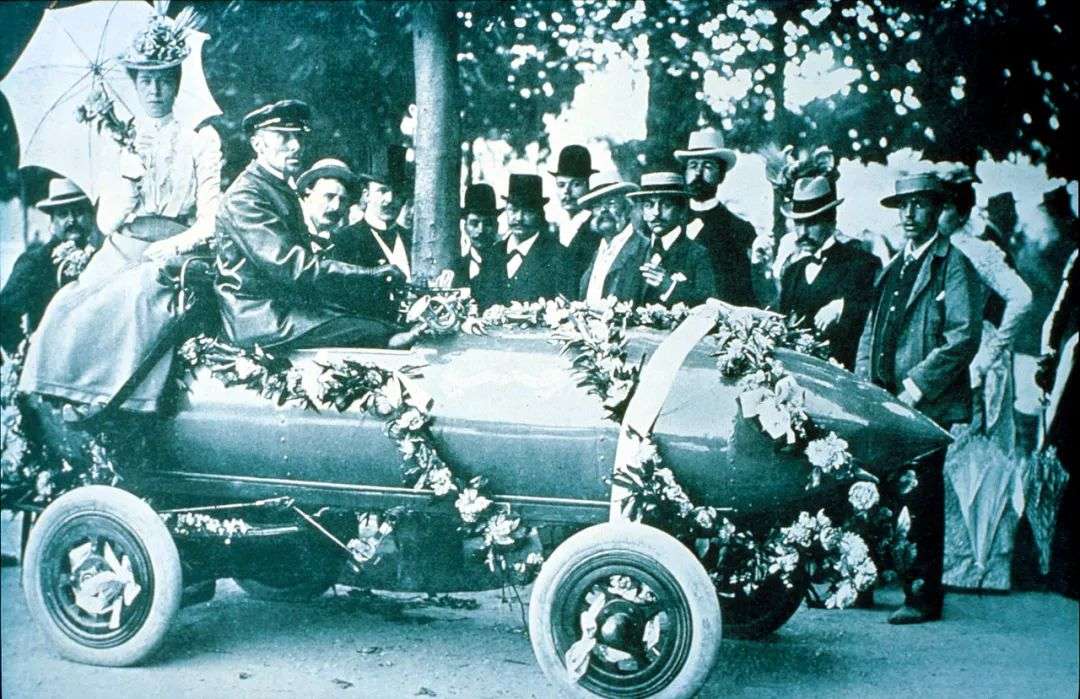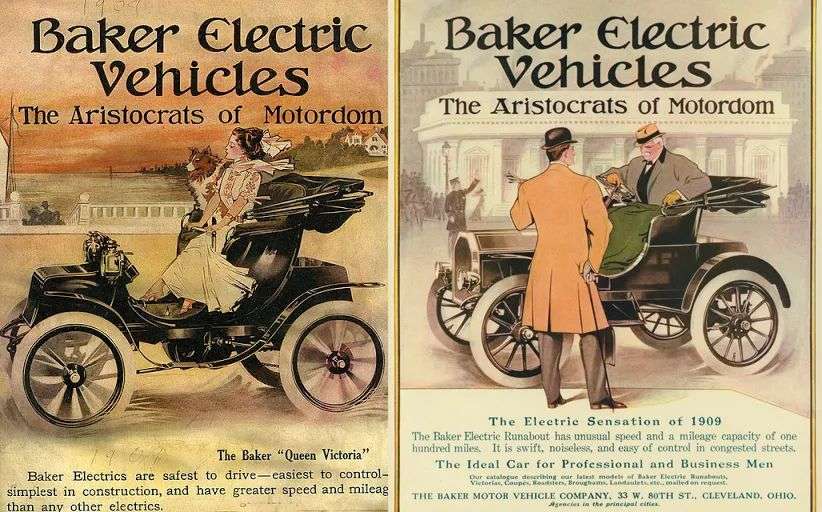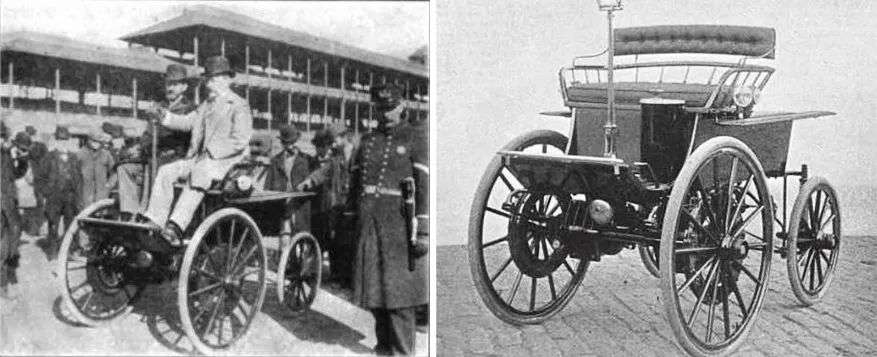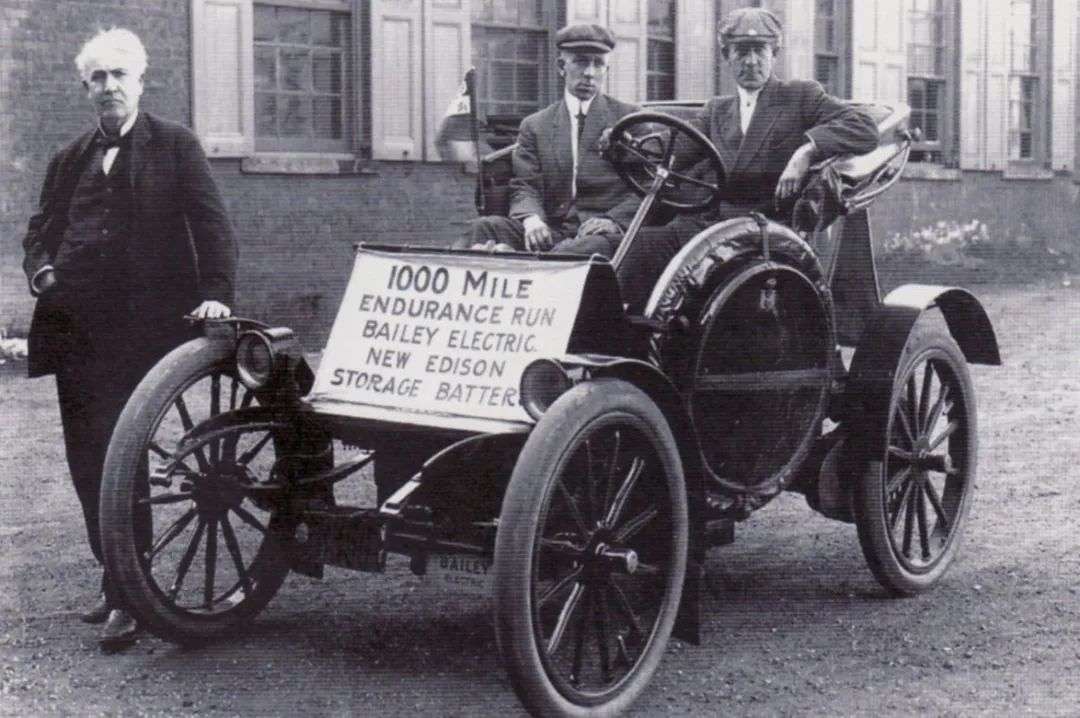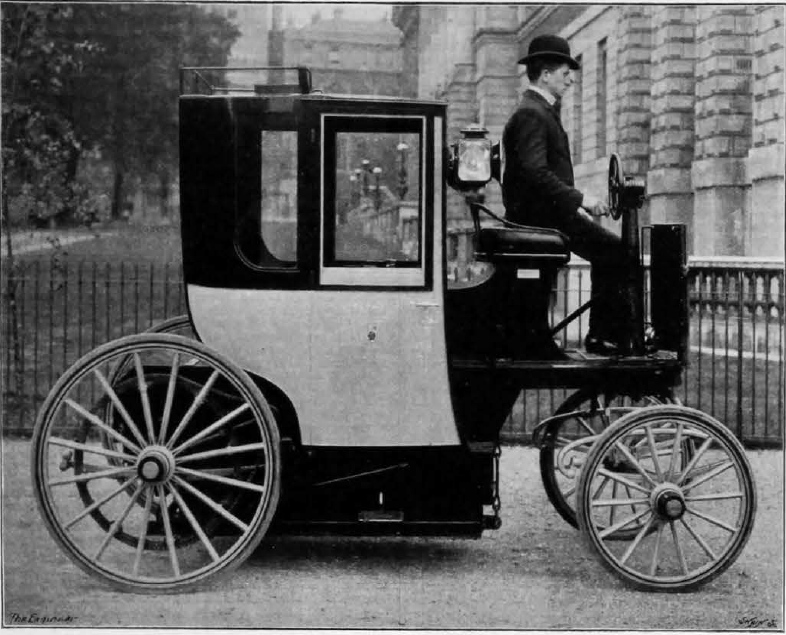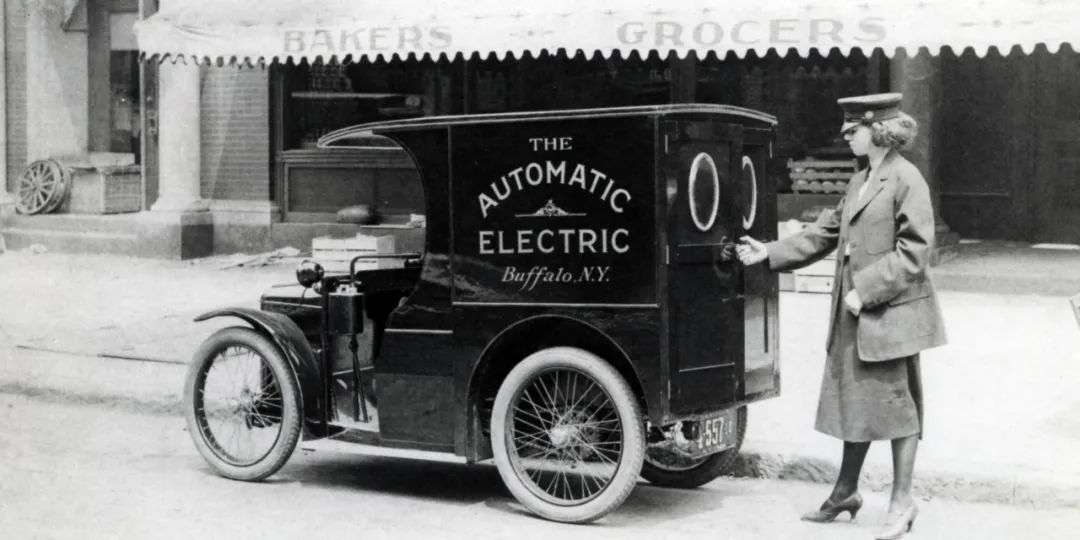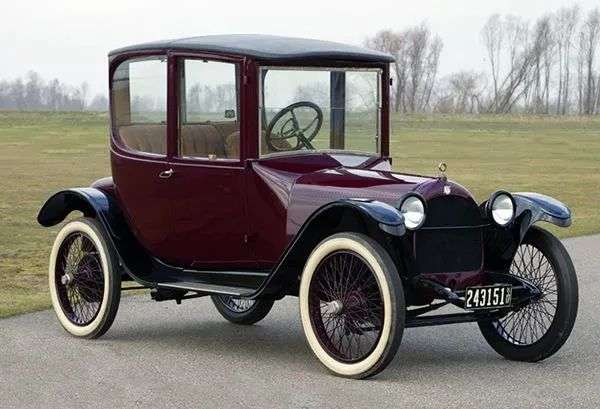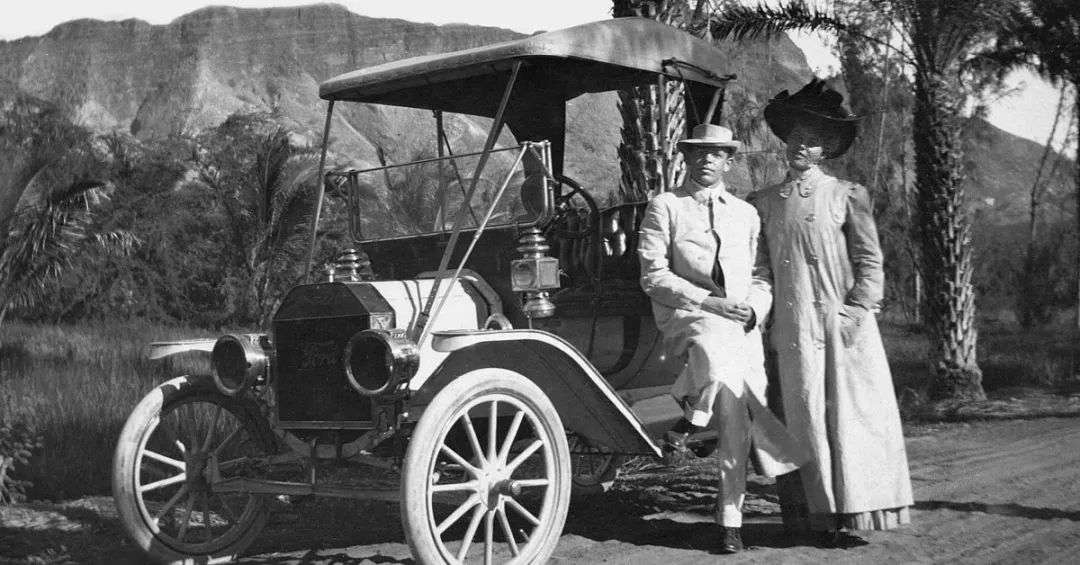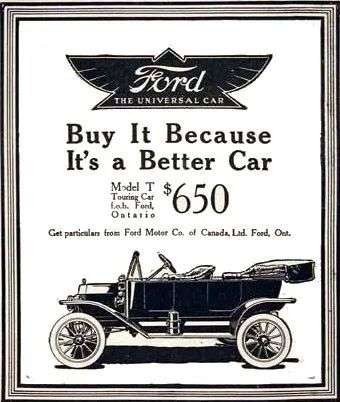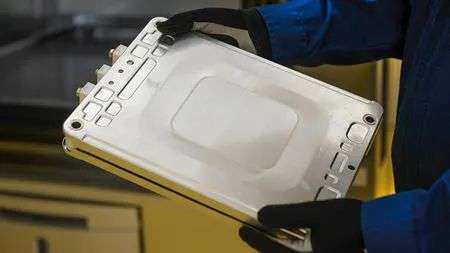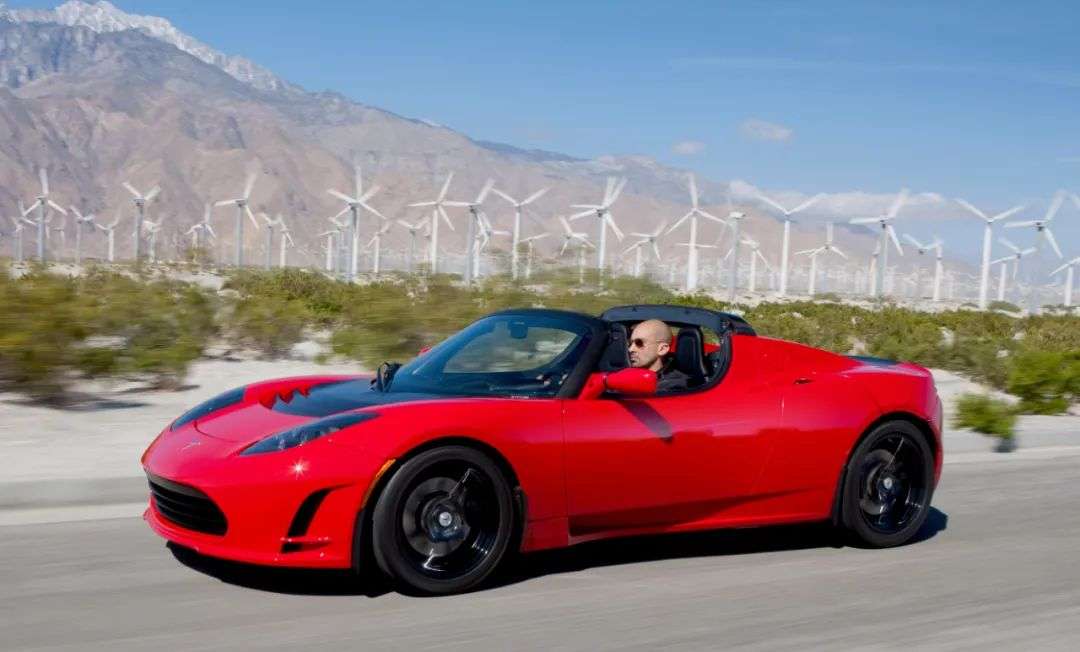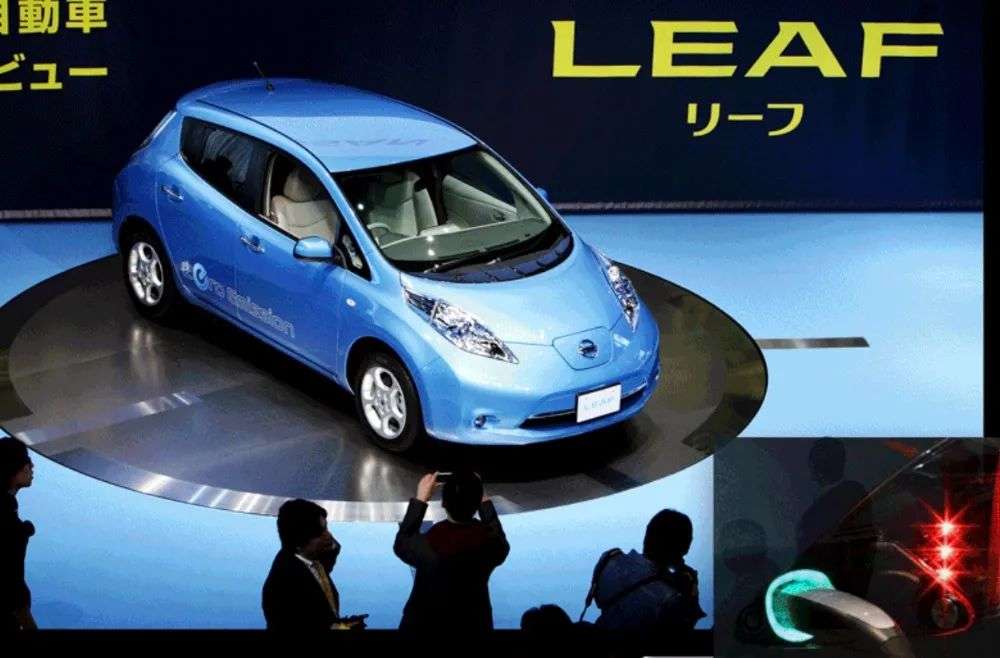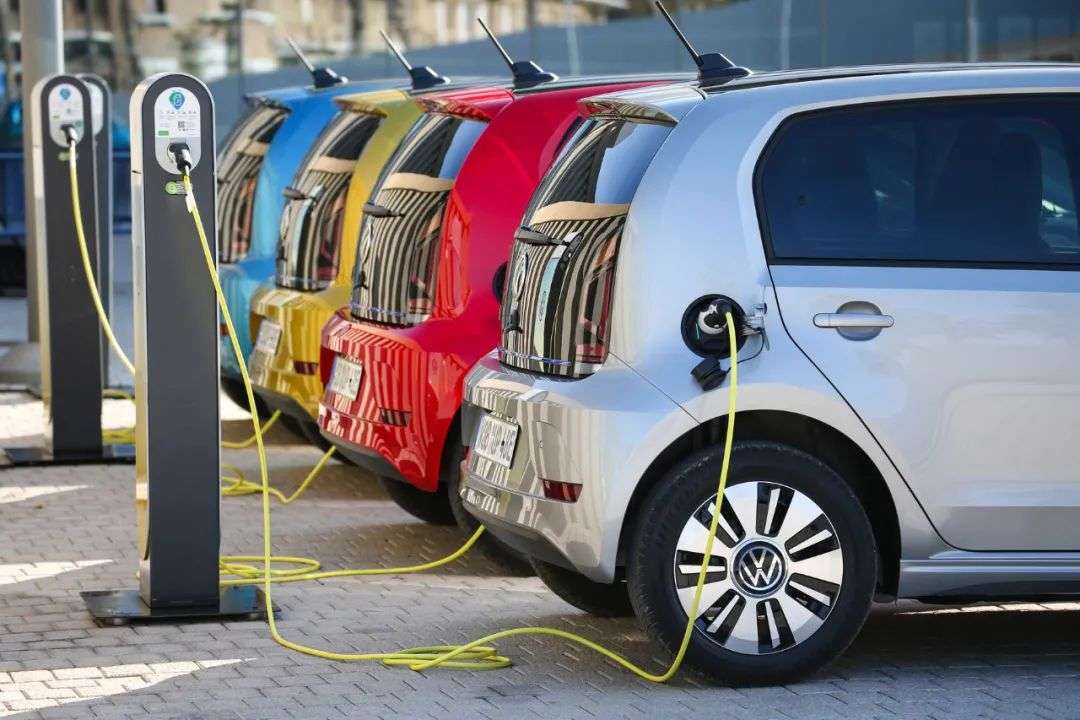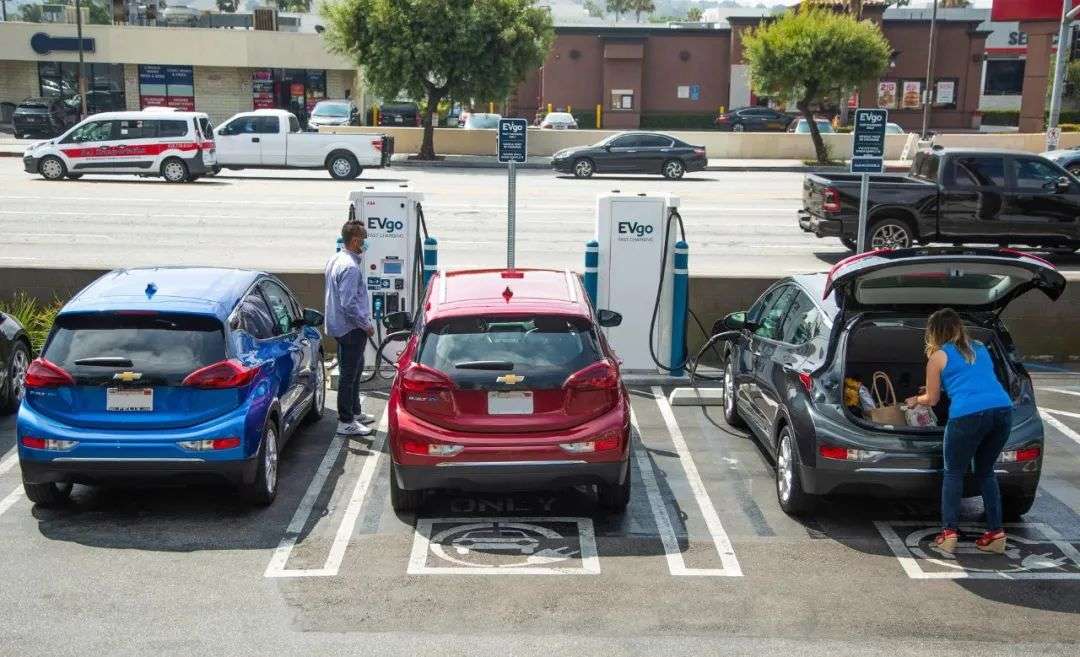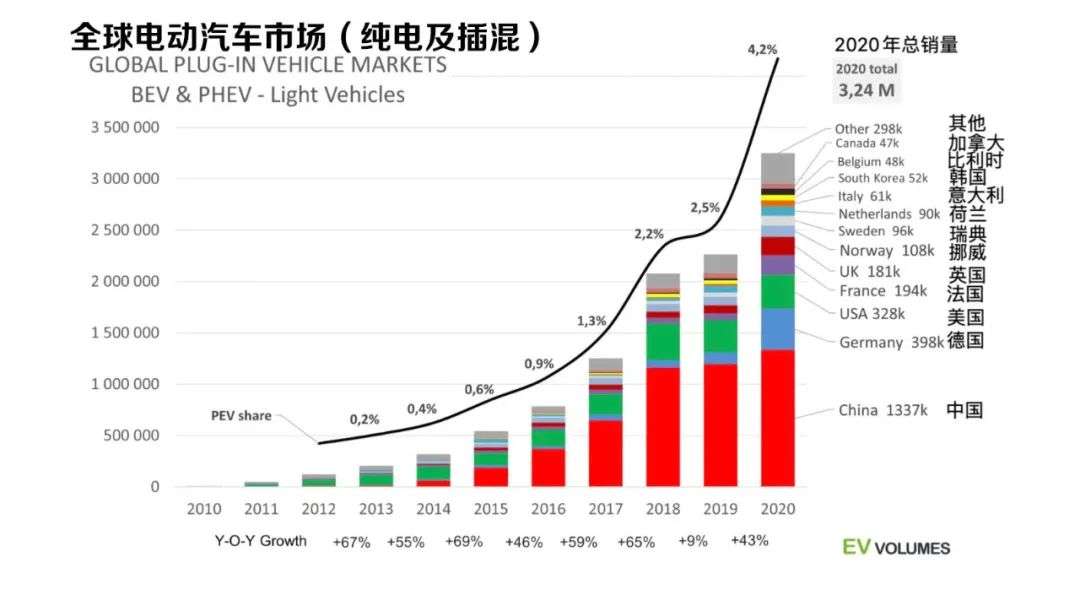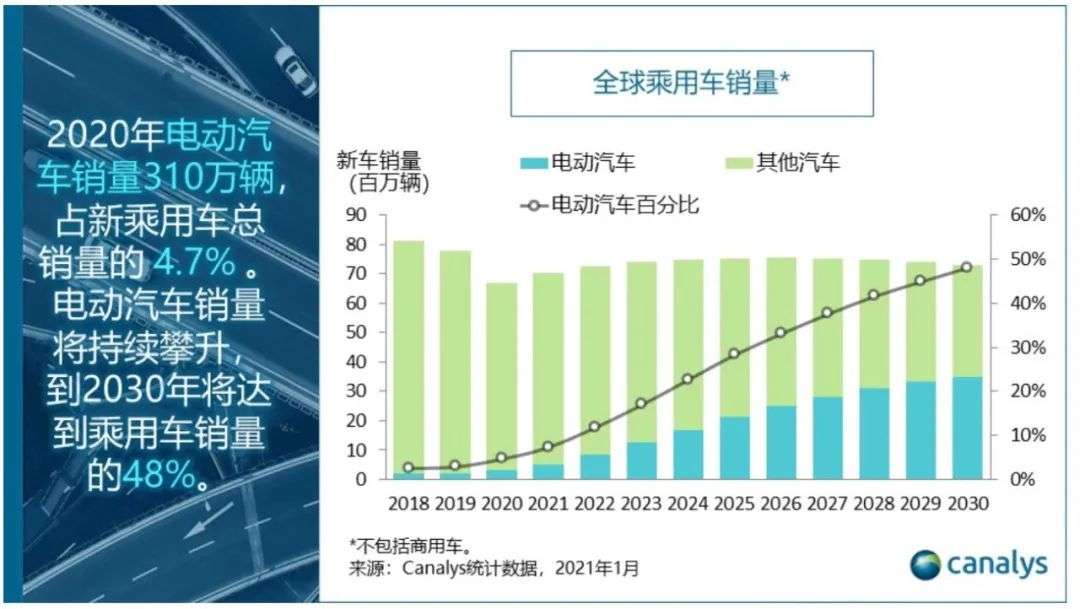Back then, American electric vehicles sold more than gasoline vehicles.
Editor’s note: This article is from the WeChat public account “Knock the blackboard” (ID: qiaoheiban8), author: Huang Tianran.
On May 20th, the Florida government held an auto show. The protagonists are all electric cars that have been popular for more than 100 years. This auto show also reminds people that electric cars are not a new thing.
In 1895, there was an evaluation in the “Scientific American” magazine: “The new electric vehicles have achieved good results in terms of speed, high maneuverability, no noise, no odor, etc., so that those who are eager to buy cars I love it a lot.”
Electric cars in popular science magazines in the last century
Time has passed, and increasingly sophisticated technology and low-carbon emission requirements have brought electric vehicles back to the center of the world stage.
The electric car, which once carried countless imaginations and expectations of scientists, can finally come into reality in today’s era.
01 Cars start from electric
In 1881, French inventor Gustave Truvi invented the world’s first electric car, which was earlier than Carl Benz’s invention of the world’s first single-cylinder fuel car Mercedes-Benz 1. year.
Gustav Truvi invents the electric car
This is a three-wheeled electric car with only one seat and no steering wheel. It is driven by a 0.1-hp motor and has a maximum travel speed of 15 km/h. It uses lead-acid batteries and has a battery life of approximately 16 km.
The earliest electric car born in the history of 1881
Ma Xi, a car reporter for the Daily Mail, had the honor to test drive a replica of this electric car.
He said that the car looked slender and weak, but it was actually very strong.
The largest wheel is the driving wheel, and the other two wheels are responsible for steering and can be manipulated by metal rods. The driver’s single seat is very comfortable, with metal armrests, and the sitting height is equivalent to that of a Hummer. It is very cool when driving on the street.
At that time, both the British and French governments were encouraging the promotion of electric vehicles, and Truvi’s invention paved the way for the subsequent wave of electric vehicles.
Also in 1881, British inventors Elton and Perry created a three-wheeled electric car with lights and 10 lead-acid batteries in series, which can provide 0.5 horsepower;
Invented by Ayrton and Perry, England in 1881Electric car replica
In 1884, British electrical engineer Thomas Parker was worried about the environmental problems of the “fog city” London, and co-founded Elwell-Parker with his companion Elwell, specializing in the development and sales of electric cars and trams.
Thomas Parker (middle) rides on his invented electric car
In 1893, Ferdinand Porsche, the soul of Porsche, also developed his first car, named “Egger-Lohner C.2 Phaeton”, which was driven by an octagonal motor with a maximum speed of 25 kilometers. /hour.
The earliest Porsche-Egger-Lohner C.2 Phaeton simulation map
This 4-seater electric car restored by the Porsche Museum
Ferdinand Porsche also developed the in-wheel motor.
In 1900, the first Lohner-Porsche (Lohner-Porsche) equipped with a new electric drive system-Porsche) debuted at the Paris World Expo, equipped with an 80V lead-acid battery, with a top speed of 37 km/h. This electric car even influenced the design of the Apollo lunar rover in the 1950s.
Lona-Porsche
The Apollo lunar rover that landed on the moon in 1971
In 1899, the first electric car with a speed exceeding 100 km/h also came out. It was also the first car in the history of the car to break a hundred per hour. It came from Belgium and was named “La Jamais Contente” (never satisfied). The shape resembles a torpedo with four wheels, and the rear axle is equipped with two motors with a total of 67 horsepower, which can be regarded as the originator of racing.
The first car in the world to achieve a speed of 100 km/h is an electric car
Compared with fuel vehicles of the same period, electric vehicles are easier to operate, without exhaust gas and vibration, and do not require gears and shift levers. In the early days, fuel vehicles used laborious hand cranks to ignite, and electric vehicles started much easier.
At the end of the 19th century, American electric cars also entered a glorious era.
Philadelphia chemist Salom and engineer Morris invented the first electric car in the United States in 1895.
This electric car has a steel tube frame and weighs 363 kg. It is also equipped with 3 forward and reverse gears. It is equipped with a 159 kg battery pack, which can achieve 40 km/h at a speed of 24 km/h. Kilometers of cruising range.
The first electric car in the United States “Electrobat”
Thomas Edison is also very interested in electric vehicles.
In order to optimize the three-electric design, Edison specially developed a nickel-iron battery that is lighter and more durable than lead-acid batteries. The charging speed is twice that of lead-acid batteries. It is said that the battery life can reach more than 300 kilometers on a single charge. Even reached an agreement with Ford Motor to prepare to produce this battery-powered electric car.
Edison does a 1,000-mile durability test for electric vehicles equipped with nickel-iron batteries
At the end of the 19th century and the beginning of the 20th century, electric taxis also appeared.
In central London, electric cars charge the same fees as horse-drawn carriages and are very popular. They emit the “humming” characteristic of motors, so they are called “hummingbirds.”
Electric taxis on the streets of London
In the United States, electric taxis have also appeared on the streets of New York and Washington.
02 From heyday to silence
The sales of electric vehicles peaked at the beginning of the 20th century, and the market share once surpassed that of fuel vehicles.
In the United States in 1921, 40% of cars were steam-driven, 38% were electric, and 22% were fuel-driven. The total number of registered electric cars reached 33,800.
At that time, the Detroit Electric Company of the United States not only produced electric cars, but also established “charging piles” for electric cars; Hartford Electric Light Company launched a battery swap service; Chicago Woods Motor Company also launched a battery life of more than 100 kilometers Hybrid car…
Chicago Woods cars
Electric cars have become the favorite city cars of the upper class. They have luxurious interiors, expensive materials, and are very suitable for women to drive. From European royal families to wealthy Americans, electric cars are full of praise.
Baker’s electric car advertisement and a woman charging an electric car (lower right)
However, in the late 1920s, with the continuous improvement of the urban road network, people had a greater demand for travel mileage, and battery life became the most urgent problem to be solved.
In addition, a large number of oil reserves have been discovered around the world, oil prices have also been drastically reduced to the level of mass consumption, and infrastructure such as gas stations and new roads are constantly emerging.
With the optimization of ignition mode and noise reduction, the ease of use of fuel vehicles has also been greatly improved.
Electric vehicles with short battery life, long charging time, and expensive prices are facing increasing pressure.
The advent of Ford Model T made electric vehicles completely lose the market.
Ford Model T
Thanks to mass-production assembly line technology, a Ford Model T is priced at US$650, while the representative of high-end electric vehicles at the time, Chicago Woods, sold at US$3,000, four times as much. , The price of an ordinary electric car is twice that of a Ford Model T.
Since then, the sales of electric vehicles have been sluggish. Ten years later, electric vehicle manufacturers have withdrawn from the market. Fuel vehicles have become the protagonist of the times. They have prospered since the 1920s and even made people forget the existence of electric vehicles.
03 Electric vehicles will become mainstream
Although fuel vehicles still dominate, the return of electric vehicles is overwhelming.
A number of important inventions at the end of the 20th century and the beginning of the 21st century helped electric vehicle technology achieve key breakthroughs:
Lithium batteries have greatly increased the range of electric vehicles. For their outstanding contributions, John Goodenough, Whittingham and Akira Yoshino won the Nobel Prize in Chemistry; advances in power semiconductor technology have reduced electric The power loss of automobiles has significantly increased drive control and management capabilities, and has also greatly reduced costs. These have paved the way for the return of electric vehicles.
In 2008, the Tesla Roadster came out, the first electric sports car that uses lithium batteries to last more than 320 kilometers, and then a variety of models such as Nissan Leaf, Chevrolet Bolt and other electric cars that have a battery life of more than 300 kilometers and support fast charging Cars have been listed one after another, and they have received good market response.
Tesla’s first-generation electric convertible sports car Sport 2.5
In 2010, the Nissan Leaf became the best-selling electric car after its release
In the context of global warming and other backgrounds, electric vehicles have received the attention of governments around the world again.
Norway has fossil fuels as its pillar industry, but in 2020 it will become the first country in the world to sell more electric vehicles than petrol vehicles. Electric vehicles have accounted for more than 54% of new vehicle sales, and it is expected to cease all of them by 2025. The established target for the sales of fuel vehicles.
Other European countries are also promoting the full electrification transition. The European Union plans to have at least 30 million zero-emission vehicles on the road by 2030, so that transportation will gradually get rid of dependence on fossil fuels and achieve the goal of carbon neutrality by 2050.
The United States has also been preparing a $174 billion support plan since Biden came to power to promote the development of the electric vehicle market. It plans to fully electrify the national public service fleet, postal vehicles, and diesel school buses, and build a nationwide charging network. U.S.-made electric vehicles offer tax incentives and discounts.
With the support of policies of various countries, new forces in car manufacturing have emerged one after another, and traditional car companies have also set a timetable for electrification transformation, and a global revolution in the electrification of automobiles has kicked off.
According to a Canalys report, global electric vehicle sales in 2020 will be 3.1 million units, and the proportion will continue to rise. It is estimated that by 2030, electric vehicles will account for 48% of passenger car sales.
The electric car born a hundred years ago is destined to become the trend of future travel. This time, the glory will not end.
Bloomberg: 171 years before tesla the evolution of electric vehicles
Porsche: The history of Porsche begins electrically
Arstechnica: A brief look at electric vehicles from the dawn of the automobile age
ThisisMoney: Over a century ahead of Tesla: We test a replicaof the World’s first electric car, Gustave Trouve’s 1881 rechargeable vehicle
Interesting engineering: A Brief History and Evolution of Electric Cars
